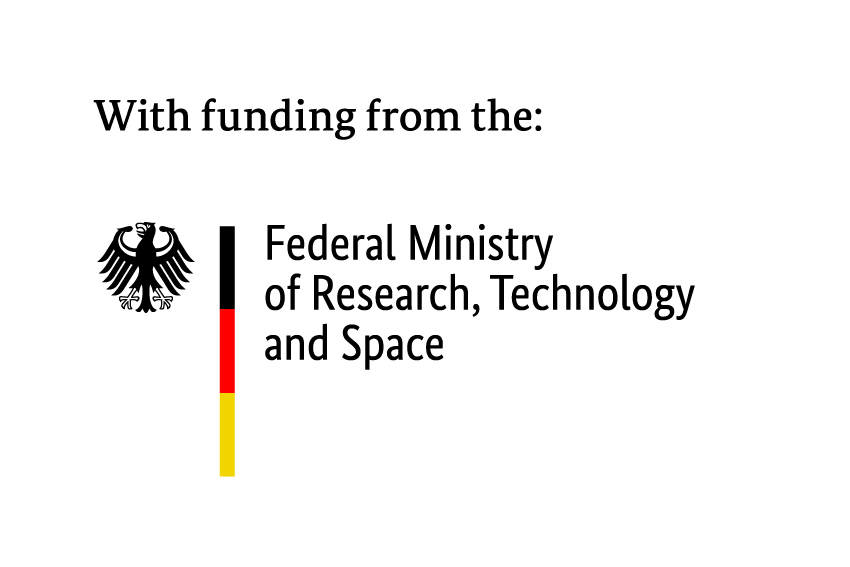Intelligent Patient Record (iPA)
Title: Intelligent Patient Record (iPA)
Project duration: 03/2024 – 07/2026
Research Area: Life Science and Medicine, Service and Transfer
Medical offices in Germany use medical practice management software (PMS) to store electronic health records (EHRs) of their patients. The amount of EHR documents for each patient can be extensive – requiring physicians to use search for information retrieval. In the iPA project, we aim to leverage current EHR search technology by incorporating semantic search based on knowledge graphs (KGs). By equipping the system with medical context knowledge, we aim to boost search efficiency and thereby improve ambulant health care.
ScaDS.AI contributions focus on
- automatic extraction of relevant information from EHRs
- structuring that information using a KG based on medical ontologies and terminologies
- translation of natural language search queries into a graph query language
The scope of the iPA project is explicitly limited to leveraging information retrieval from EHR documents; the iPA system does not provide medical advise or decision support.
Aims
The primary objective of this project is to develop an EHR search tool for use in doctoral offices. In order to achieve this goal, we develop a system that can accurately identify key medical concepts, relate them to each other, and structure the resulting information using a medical KG.
By linking EHR data to a medical KG, we aim to
- increase the quality of search results using semantic relations
- reduce the time needed to find desired information in EHR data
Problem
During initial contact, the physician needs to process large amounts of medical information contained in the patient’s EHR. This time-consuming process is necessary for the physician in order to gain a comprehensive picture of the patient’s state of health.
Search in EHR data is also performed for regular patients. Physicians search records regularly in order to establish diagnoses and determine treatment plans. It is therefore essential for physicians to have access to a high quality EHR search tool.
Technology
The iPA search assistant relies on up-to-date medical knowledge. We therefore use medical terminologies (e.g. LOINC) and ontologies (e.g. SNOMED CT) as the base of our KG. In order to link this medical knowledge to information found in the patient’s EHR, we develop an information extraction pipeline using natural language processing (NLP) tools. The pipeline uses named entity extraction and entity linking methods in order to integrate patient data from the EHR into the base knowledge graph.
Our knowledge graph is implemented using a graph database. Local LLMs are used to translate natural language queries into graph query language and to explain a result’s retrieval path in natural language.
Team
Lead

Prof. Dr. Erhard Rahm
Leipzig University
Department of Computer Science, Database Group, Chair of Databases

Dr. Christian Martin
Leipzig University
Department of computer science, Data Base Group
Team Members
Sarah Rockstroh
University of Leipzig
Partners
- InfAI e.V.
- IntraFind Software AG
- Mogic GmbH
- Tecont GmbH
Associated partners:
- German Medical Association (Hartmannbund)
- Evermind GmbH


